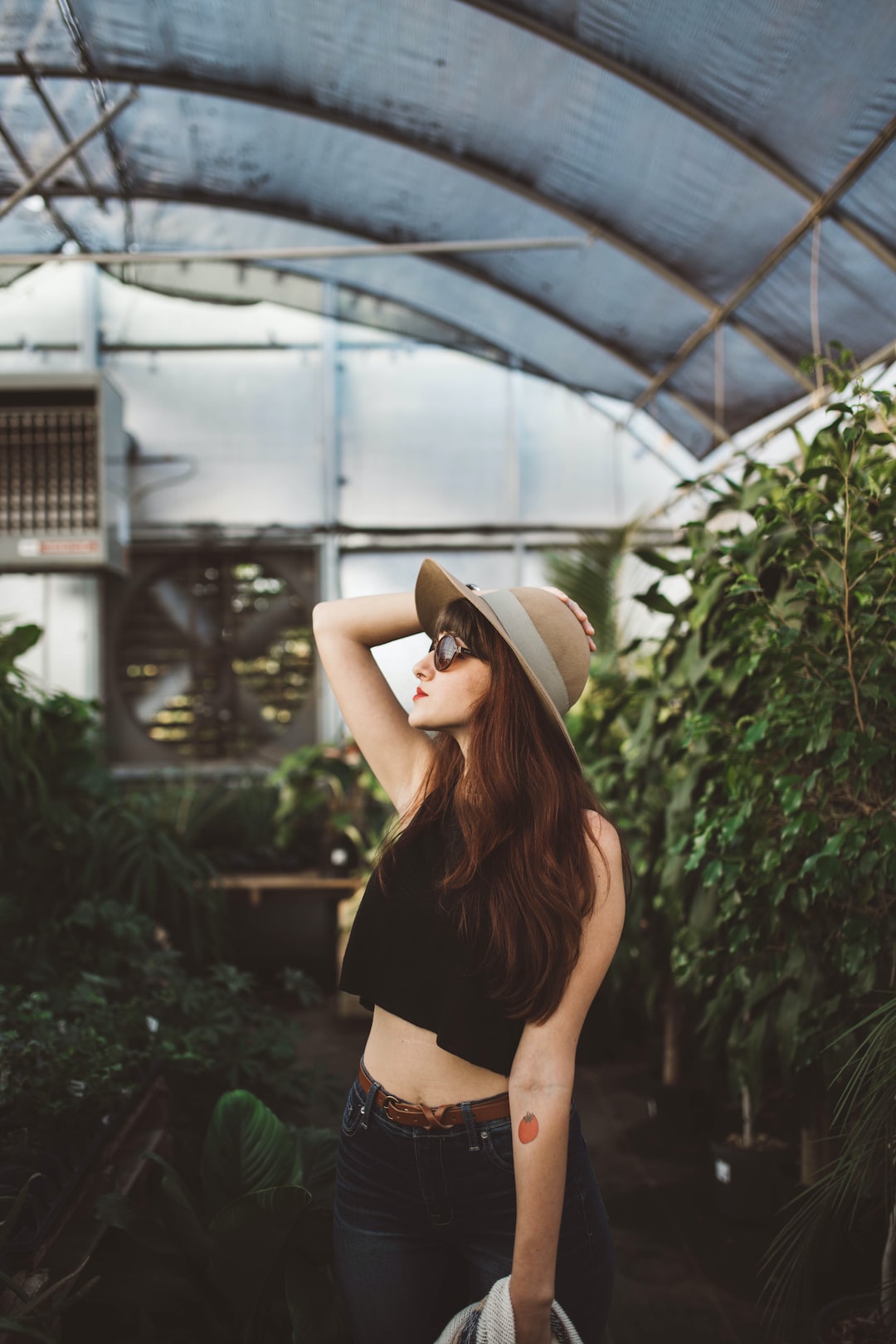The Dos and Don’ts of Mixing Patterns and Prints
Mixing patterns and prints is a fashion trend that has been around for quite some time. When done right, this style can be fun, bold, and turn heads wherever you go. However, if not executed properly, it can result in an overwhelming or chaotic outfit. To avoid any fashion faux pas, here are some dos and don’ts to keep in mind when mixing patterns and prints.
Do: Stick to a Color Palette
One of the essential principles of mixing patterns and prints is to ensure that they share a common color palette. When patterns and prints have similar colors, they will complement each other and create a cohesive look. For example, if you are wearing a floral blouse with shades of pink and green, pairing it with striped bottoms that also incorporate those colors will create a visually appealing ensemble.
Don’t: Go Overboard
While mixing patterns can be exciting, it is important not to go overboard. It’s best to keep the number of patterns to a maximum of three in any outfit. This will prevent your look from becoming overwhelming or visually confusing. Instead, choose one main pattern, one supporting pattern, and perhaps a third smaller pattern as an accent. This way, each pattern has its own space to shine without overpowering the others.
Do: Mix Pattern Sizes
When mixing patterns and prints, it is advisable to play with different sizes. Combining small-scale patterns with large-scale ones creates contrast, which makes the overall look more interesting and visually appealing. For example, pairing a delicate polka dot top with wide-striped pants can create a nice balance and keep the outfit from appearing too busy.
Don’t: Forget About Texture
In addition to mixing patterns, don’t forget to incorporate different textures into your outfit. This will add depth and dimension to your look, making it more visually appealing. For instance, layering a chunky knit cardigan over a silky patterned dress can create a beautiful contrast. Combining textures adds an extra element to your outfit and elevates the overall style.
Do: Experiment with Proportions
Mixing patterns and prints allows you to play with proportions and experiment with different silhouettes. For example, pairing a fitted patterned top with loose-fitting patterned pants can create an interesting visual contrast. Mixing different proportions within an outfit can create a balanced and fashionable look. Don’t be afraid to try unique combinations to find what works best for you.
Don’t: Clashing Prints
While mixing patterns and prints is encouraged, it is crucial to avoid clashing prints. Clashing prints occur when the patterns are too similar or when they compete for attention. For example, pairing two busy floral prints can create confusion and distract from the overall look. Instead, opt for patterns that have different scales and designs to achieve a harmonious combination.
Do: Use Solid Separators
When wearing multiple patterns, it is a good idea to incorporate solid-colored separates to create a visual break. Solid-colored pieces allow the eye to rest, making the outfit appear more balanced. For example, if you are wearing a patterned blouse and bottoms, adding a solid-colored blazer or cardigan can help tie the different patterns together and create a cohesive look.
Don’t: Neglect Accessories
Accessorizing plays a significant role in completing an outfit. When mixing patterns and prints, it is important to choose accessories that complement the overall look. Solid-colored accessories, such as a belt or shoes, can help tie the patterns together and avoid overwhelming the outfit. Additionally, consider using neutral accessories to avoid clashing with the patterns.
In conclusion, mixing patterns and prints is a fun and creative way to express your personal style. By following these dos and don’ts, you can master the art of pattern mixing and create fashionable and visually appealing outfits. Remember to stick to a common color palette, experiment with pattern sizes, incorporate different textures, play with proportions, and use solid separators and accessories. With these guidelines in mind, you are ready to confidently mix and match your favorite patterns.

